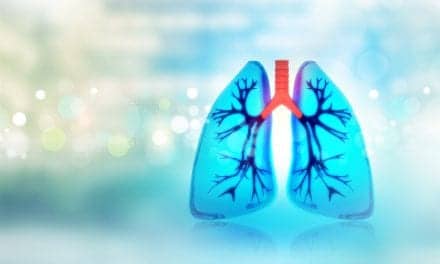From 2014 to 2017, private insurance claim lines with a diagnosis of sleep apnea increased by 911% in rural America, according to FAIR Health, an independent nonprofit that collects data for and manages the nation’s largest database of privately billed health insurance claims and is entrusted with Medicare Parts A, B and D claims data for 2013 to the present. Urban areas recorded an increase of 839% in the same time frame. In the nation overall, insurance claim lines with a diagnosis of sleep apnea grew 850%.
Rural diagnoses of sleep apnea grew from 0.2% of all rural medical claim lines to 1.98%. In urban settings, the increase was from 0.13% of all urban medical claim lines to 1.24%, and in the nation overall, from 0.14% of all national medical claim lines to 1.33%.
FAIR Health’s study was based on data from its database of over 25 billion privately billed healthcare claims.
Other findings from FAIR Health’s study:
- Males are much more likely than females to be diagnosed with sleep apnea. In the period 2016-2017, males accounted for 65 % of sleep apnea claim lines, females 35%.
- The age group 51 to 60 years accounted for 31% of sleep apnea claim lines—the largest share of eight age groups studied. Patients 61 to 70 years old represented 23 percent of claim lines, while those 41 to 50 years old accounted for 20%.
- In 2017, the states with the most sleep apnea claim lines as a percent of all medical claim lines by state were (ranked from most to least) Maryland, Idaho, Utah, Arkansas and Iowa. The states with the lowest proportion of sleep apnea claim lines were (from least to most) New Hampshire, Minnesota, Massachusetts, Vermont, and Hawaii.
- In 2016-2017, the most common diagnoses associated with sleep apnea on claim lines were diabetes, hypertension, respiratory and chest symptoms, dorsalgia, high cholesterol, general fatigue, joint pain, and cardiac dysrhythmias.
- The three most common (and costly) devices associated with sleep apnea diagnoses were (ranked from most to least): continuous positive airway pressure (CPAP) devices, disposable filters used with positive airway pressure devices, and headgear used with positive airway pressure devices.
“Sleep apnea is a public health issue of increasing interest and concern,” says FAIR Health president Robin Gelburd, in a release. “FAIR Health is ready to contribute its data resources and analytical capabilities to help researchers, policy makers and others address this issue.”




